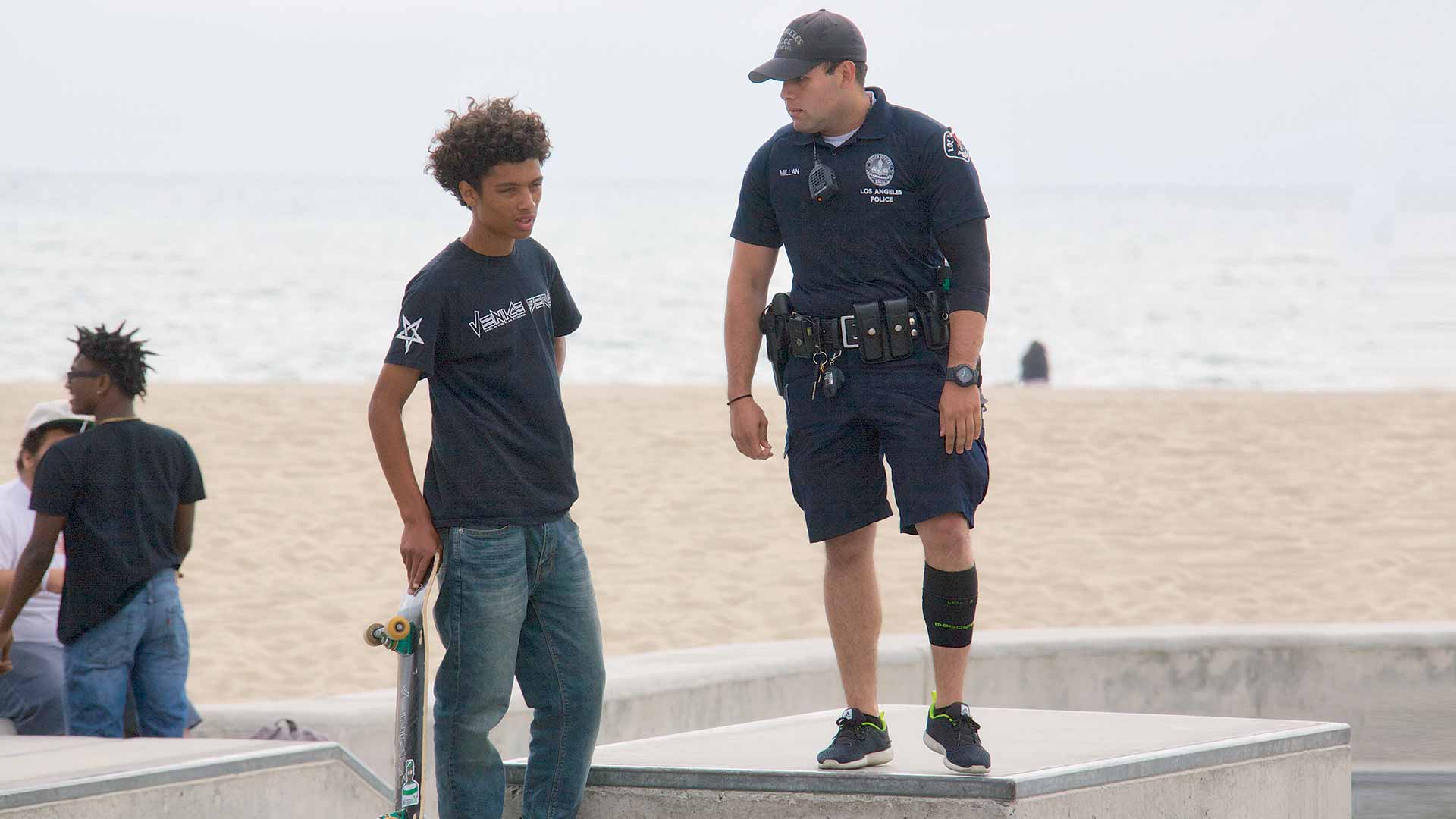
Crime prevention, deterrence and displacement sound like great theories in a college class. How can patrol officers and deputies turn those theories into something useful?
When you talk crime prevention, most officers don’t instantly conjure up images of found bicycles, graffiti, parking violations, home and business security surveys, junk cars, nuisance violations, animal control, piled-up garbage or tall grass violations. However, those activities, if left unattended, provide a breeding ground for larger crime problems.
Across the nation, law enforcement agencies are being challenged. Crime rates are rising after a 20-year decline in crime. Some states have enacted knee-jerk police reforms while other cities are renaming police agencies. This is a critical time for proactive policing and community engagement.
The little things
Whether you engage in proactive policing, hot spot policing or general patrol, noticing the little things when you have any uncommitted patrol time can turn into preventing or interdicting bigger crimes. This is as true in nice neighborhoods as in rundown ones.
There are anecdotal successes in small cities and suburbia, with the police using a combination of code enforcement, removal of abandoned or discarded vehicles and attention to dilapidated buildings to increase community livability and displacing crime.
Nearly half of all local police departments across the country have fewer than 10 officers. Three in four of all departments have no more than two dozen officers. And nine in 10 employ fewer than 50 sworn officers. Uncommitted patrol time for individual officers to be proactive and to take ownership of their district, precinct or community can present a challenge.
Big cases and breakthroughs are often associated with a traffic stop or responding to a call of a suspicious person. Looking for the unusual and emphasizing prevention through partnerships and enforcement is a key step in community engagement and in building community trust.
According to the U.S. Department of Justice, Community Oriented Policing and Problem Solving (COPPS) is defined as “proactive problem solving in a systematic and routine fashion. Rather than responding to crime only after it occurs, community policing encourages agencies to proactively develop solutions to the immediate underlying conditions contributing to public safety problems. Problem-solving must be infused into all police operations and guide decision-making. Agencies are encouraged to think innovatively about their responses and view making arrests as only one of a wide array of potential responses.”
COPPS embraces the concept of proactive policing, identifying environments that can breed disorder and criminal behavior. Taking action and partnering with other departments and community members to clean up, clean out and eliminate breeding grounds for criminality seems like a logical patrol-based function.
Prevention ebb and flow
The 1970s and 1980s saw a ballooning of traditional crime prevention programming with many crime prevention officer positions funded. This was helped in large part by the 1977 through 1982 Comprehensive Employment and Training Act (CETA) that provided many cities and counties with federally paid training positions. Policing benefited from support staff that also included crime prevention programs.
Basic and advanced crime prevention training sprung up across the country, turning out police officers who engaged in crime prevention programs, community presentations, media relations and community engagement. State crime prevention associations were established. The era was the forerunner to COPPS.
Yet, today, less than 23 states still have a crime prevention association and state-level crime prevention training is limited. If not for the American Crime Prevention Institute, the International Association of Crime Prevention Practitioners and the National Crime Prevention Coalition of America, little would exist to grow community engagement.
The crime prevention triangle (CPT), once a common policing concept, is rarely taught at police academies today. The concept of the CPT simply states that in order for a crime to occur, all three elements of the triangle must exist: desire, ability and opportunity. By eliminating any one of these elements, a crime cannot occur.
No police department can function effectively without the assistance of responsible citizens. Building community involvement at the patrol level with officers who understand the concept of CPT and who are trained in crime prevention skills is critical. Having an entire force of officers connecting with the community as part of their daily travels to market prevention is invaluable. Crime prevention training combined with proactive policing and cutting down the weeds of risk that breed serious criminal activity every day by patrol builds a foundation for COPPS.
Neighborhood empowerment
Walking your neighborhood (WYN) is a concept adopted by some communities, large and small, where elected officials or city staff engage citizens. Parsons (Kan.) City Commissioner Leland Crooks and Verlyn Bolinger have been engaging neighborhood members to walk their neighborhood to get an up-close look at community needs and expectations. Larger cities such as Bellevue (Wash.) and Valdosta (Ga.), as well as police and fire departments and others have grown similar street-level walks into significant events that produce annual work plans for local government.
WYN has equal application in policing as an organized outreach program. But, at a patrol level, its application can be as simple as officers taking time to engage citizens in their neighborhoods, handing out crime prevention materials, using crime prevention door hangers to get out of a patrol car and walking a couple blocks every few days.
Community livability has grown in importance in recent decades as it is often linked to economic development, recruiting industries and businesses, and marketing a community for positive growth. Livability is the sum of the factors that add up to a community’s quality of life. Livability is affected by a community’spublic safety, environmental quality, community cohesion, friendliness, aesthetics, accessibility, pride and opportunity. Common sense in policing says these are factors we want to use with the anticipated outcome of reduced call load and reduced crime.
Desire, ability and opportunity form the CPT for the commission of all crime in America. Remove one element of the CPT, and a crime cannot occur. Even when police resources are stretched thin, causing an overreliance on reactive policing, individual patrol officers still have the potential to engage in proactive policing that produces crime prevention results.
As seen in the September 2021 issue of American Police Beat magazine.
Don’t miss out on another issue today! Click below:






